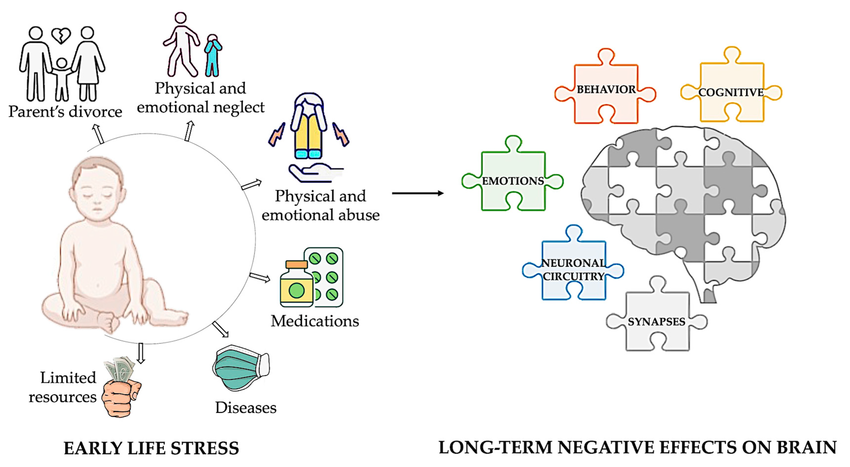Early life failure (ELF) refers to the premature malfunction or breakdown of a product, component, or system shortly after its deployment or use. This phenomenon is a critical concern in industries such as electronics, automotive, aerospace, and manufacturing, where reliability is paramount. Identifying and mitigating early life failures can save costs, enhance product quality, and improve customer satisfaction.
Causes of Early Life Failure
Several factors contribute to early life failures, including:
1. Manufacturing Defects
-
Poor workmanship, substandard materials, or errors in assembly can lead to immediate or early failure.
-
Inadequate quality control during production increases the risk of defective units reaching consumers.
2. Design Flaws
-
Overstressed components, improper tolerances, or inadequate thermal management can cause premature failure.
-
Lack of rigorous testing in the design phase may result in undetected weaknesses.
3. Environmental Stress
-
Exposure to extreme temperatures, humidity, vibration, or electrical surges can accelerate wear and tear.
-
Products not tested under real-world conditions may fail unexpectedly.
4. Infant Mortality in Electronics (Bathtub Curve)
-
The “bathtub curve” reliability model shows high failure rates early in a product’s life due to latent defects.
-
Weak components often fail quickly, leaving the more reliable ones to function longer.
5. Improper Installation or Usage
-
Incorrect handling, installation errors, or misuse by end-users can trigger early failures.
-
Lack of proper user manuals or training may contribute to operational mistakes.
Impacts of Early Life Failure
-
Increased Costs: Warranty claims, recalls, and replacements burden manufacturers financially.
-
Reputation Damage: Frequent failures lead to loss of customer trust and brand value.
-
Operational Downtime: In industrial settings, unexpected failures disrupt productivity.
Prevention Strategies
To minimize early life failures, companies can adopt the following measures:
1. Robust Quality Control
-
Implement stringent inspection and testing protocols during manufacturing.
-
Use statistical process control (SPC) to detect variations early.
2. Accelerated Life Testing (ALT)
-
Simulate extreme conditions to identify potential failure modes before mass production.
-
Techniques like HALT (Highly Accelerated Life Testing) help uncover weaknesses.
3. Burn-In Testing
-
Subject products to stress conditions (e.g., high temperature, voltage) to weed out defective units before shipment.
-
Common in semiconductor and electronics industries.
4. Improved Design Practices
-
Conduct failure mode and effects analysis (FMEA) during the design phase.
-
Use high-quality materials and redundancy in critical components.
5. Proper Installation & User Training
-
Provide clear instructions and training to prevent misuse.
-
Ensure correct handling during transportation and installation.
Conclusion
Early life failure is a significant challenge that affects product reliability and customer satisfaction. By understanding its root causes and implementing preventive measures, manufacturers can enhance product longevity and reduce costly failures. Investing in quality control, rigorous testing, and robust design practices is essential to mitigate early life failures and maintain a competitive edge in the market.
Visit our Website: Softreads




